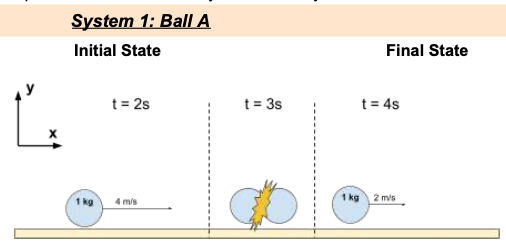Croquet and Roller Skates
Abstract
This activity explores elastic and inelastic collisions in one dimension using interaction diagrams and the momentum principle. Prior to starting this activity, students should be able to calculate the momentum of an object and use the momentum principle to relate changes in momentum to impulses delivered to the object. In this activity, students will discover that interacting objects experience equal and opposite impulses (Newton’s third law), which leads to the law of conservation of momentum. At the end of the activity, students should be able to solve 1-D collision problems that do not require energy conservation in the solution. Students will also develop their ability to interpret diagrammatic models and make inferences based on those models, as well as compare and contrast information from multiple experiences, identify patterns from mathematical representation, and synthesize that information into a set of common rules.
Level: High School
Setting: Classroom
Activity Type: Learning Cycle
Discipline: Physics
Course: Physics
Keywords: Impulse, Momentum, Elastic Collisions, Inelastic Collisions, Newton’s Third Law

Downloads
Published
How to Cite
Issue
Section
License
Copyright of this work and the permissions granted to users of the PAC are defined in the PAC Activity User License.

